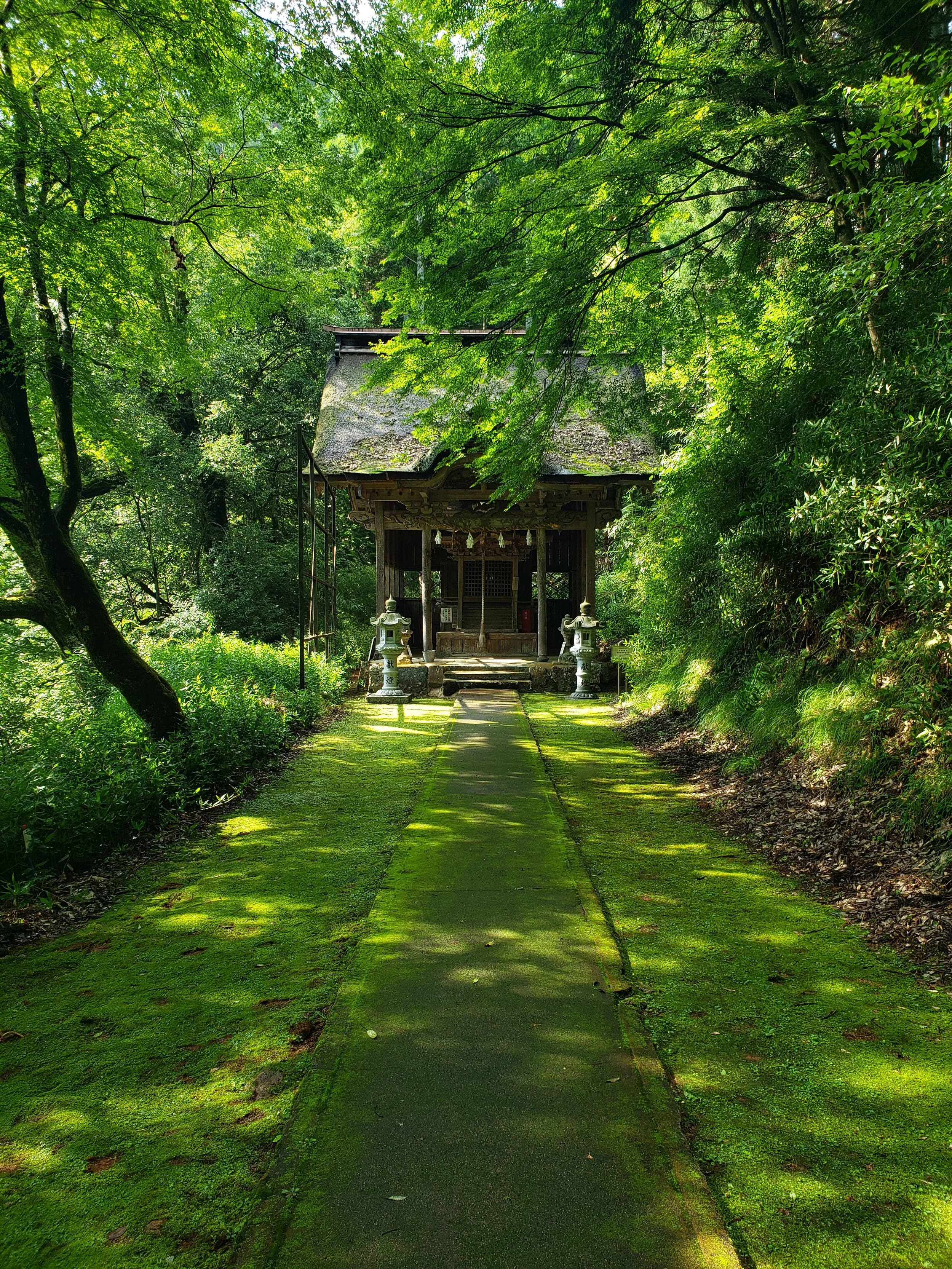What is shinrinyoku?
Shinrinyoku, known as forest bathing, is the Japanese wellness practice of nature immersion. It started in Japan in the 1980’s as a way for overworked Japanese to destress. It has since evolved into the public health practice of forest therapy, a reserached-backed nature immersion practice that is recognized by an increasing amount of governments internationally as a proven way to improve mental and physical well-being.
Nature Sensory Immersion
To maximize the benefits of shinrinyoku, sessions focus on interacting with nature using all five senses. Research about nature’s effect on our minds and bodies has been conducted across all five senses..
Relaxation
Started in Japan in the 1980s as a way for people to destress and relax, shinrinyoku differs from walking in the woods because it is NOT exercise. The idea is to slow down and practice full sensory immersion in a natural setting.
Mindfulness
Be present. Increased understanding that humans are a part of nature. As relaxation is a primary focus of shinrinyoku sessions, some form of breathing or meditation practice is recommended at the beginning of a session.
Mental Wellness
Shinrinyoku sessions help reduce anxiety, stress and make people feel more relaxed. People remark on improved sleep, better patience, and less irritability.
Physical Wellness
Shinrinyoku has evolved into a research-backed public health practice across the world. Benefits include reduced heart rate, blood pressure, and cortisol levels (stress hormones). Cells that fight cancer in the body also increase in activity and immune system functions also improve.
Work Wellness
Studies done at corporations that incorporate nature into the workplace show that people are 6% more productive, more focused, report feeling more creative, perform better on cognitive tests, and report happier work-life conditions.
How to do shinrinyoku
time + nature
Overview
1) Find a spot in nature where you feel comfortable
2) Take some time to slow down your breathing, relax muscles, and attune to your surroundings
3) Very slowly walk through the natural area, touching, smelling, listening , and looking around. *It’s helpful to know if there are any dangerous animals or poisonous plants in the area before using a location.
4) Find a quiet spot to sit for a while and let nature come to you.
5) Try to include some kind of sensory activity.
6) Try to include some kind of tea or natural food ingredient
7) It might help to record how you felt before and after the experience, and even try taking your pulse before you start and after for comparison.
Tips
Shinrinyoku is NOT exercise. The purpose is relaxation and sensory immersion. Move slowly through the forest.
It helps to spend a few minutes practicing breathing slowly at the beginning.
A typical session lasts between 90 minutes and 3 hours, but even short sessions of 20-30 minutes are worthwhile. Spending just a few minutes a day with some sort of nature interaction can make a difference in how you feel.
If using an outdoor location, try to find a spot where you can see greenery, hear nature sounds like birds or water, have natural scents like pine trees or citrus, can touch nature, whether it be trees, wooden benches, grass, etc., and try to bring something natural to drink (like tea or herbal water) during your session.
Where should I do shinrinyoku?
A forest or park is a natural setting for nature immersion activities. Take a look at some sample location profiles to see the benefits of doing shinrinyoku in different locales.





